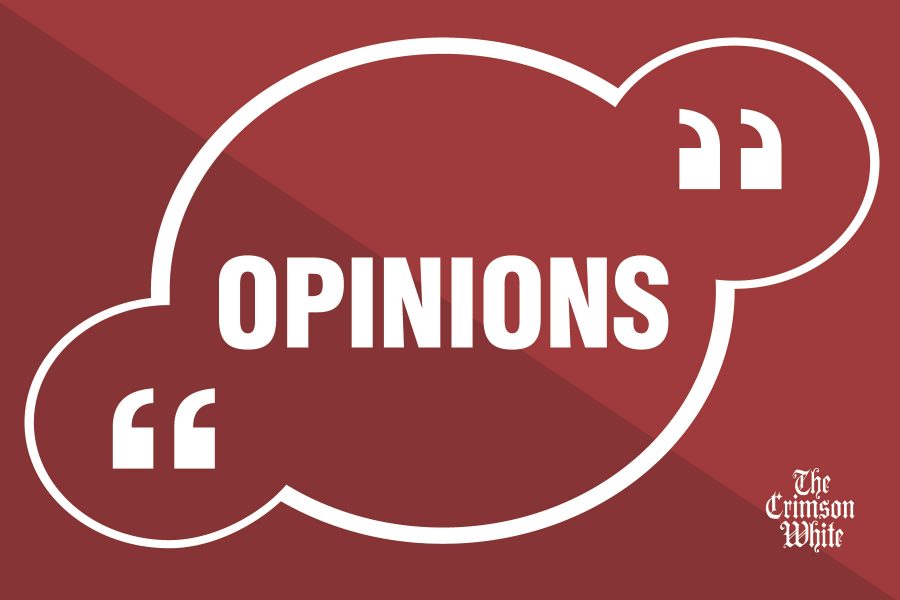There isn’t a lot of representation out there for people of color. Everything, from television, movies, books, video games, magazines, pop culture, etc., is dominated mainly by white people, and it has been this way for all of America’s history. However, minorities deserve to see faces that look like them, reflected in all facets of culture. And nowhere does that anthem clang loudly than in Marvel’s Black Panther
Black Panther is a big budget superhero blockbuster featuring an all black cast and writing team, becoming the first of its kind ever. It paints a picture of the future of Wakanda, an African country that appears to be third-world on the outside, but is actually the most technologically advanced place on earth, and the cradle of many scientific inventions. It is not hard to see how this is a very progressive image of Africa that outsiders aren’t often treated to. The standard image of Africa is one of a continent in disrepair, of a ‘heart of darkness’ that is economically ruined and chaotic. Of course, this is a very large generalization, but the Conradian myth still persists to this very day.
Black Panther shatters this illusion into a million pieces, and became a mega celebration of black culture and African diaspora. Before Black Panther, there weren’t a whole lot of big budget productions being helmed by African Americans, something which persists to this day. With superhero movies, even less, with just one, Blade, being well-known. The director, Ryan Coogler (Creed, Fruitvale Station), also sets a precedent in terms of black directors getting projects greenlit. Given his relatively obscure status as a director, it is both surprising and groundbreaking for him to helm a big budget movie for Disney/Marvel.
To some people, the movie will just be another ‘superhero flick’ as the many that have come before, but to communities of color, it means seeing faces that look like theirs on the big screen. With a mostly all-black cast, along with women of color who are given powerful characterization and empowerment in action, there’s not much room for white characters to steal the spotlight, as they often have in other black productions, like Hidden Figures.
Instead, its characters of color are fully autonomous and in full control of their own narrative. The white characters instead are employed as sidekicks who serve as allies to the black leads, a position that is often reversed in other movies. The movie’s message is clear: give black people room to have their own stories told.
Young children of color are often told that their own skin color isn’t as valuable as white skin, something that serves as a painful reminder in the white wave that is Hollywood. To have them see characters with dark skin tells them that there is room for people like them too. And while we have a long way to go in terms of bringing more diversity and representation, Black Panther shows that it can be done.
Michael Dawson is a senior majoring in English. His column runs biweekly.









